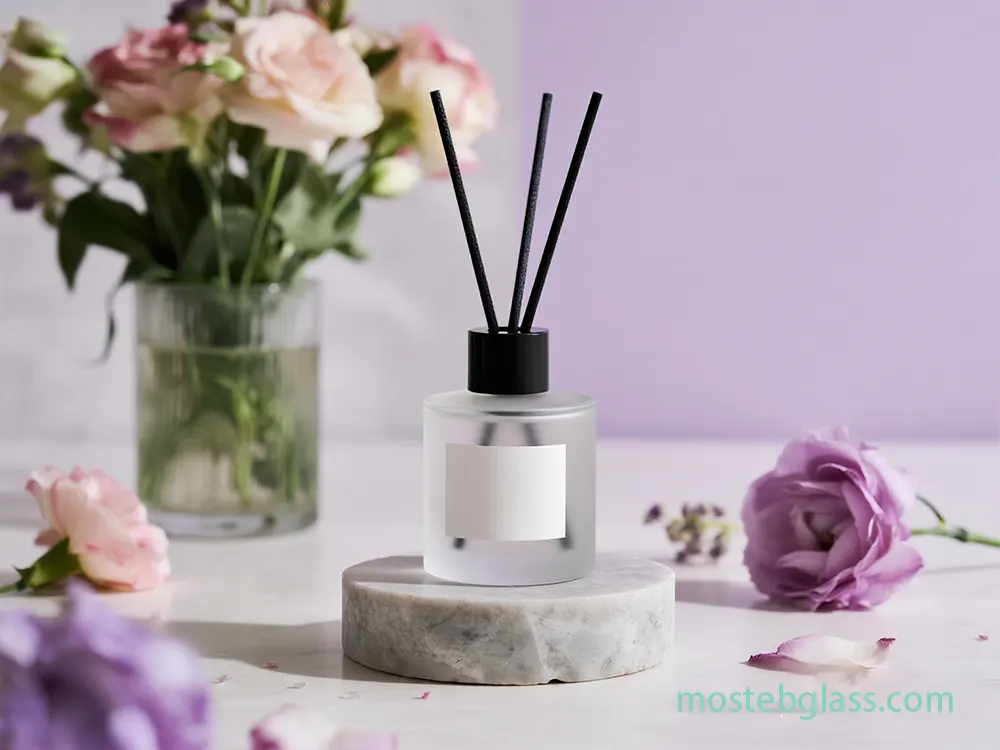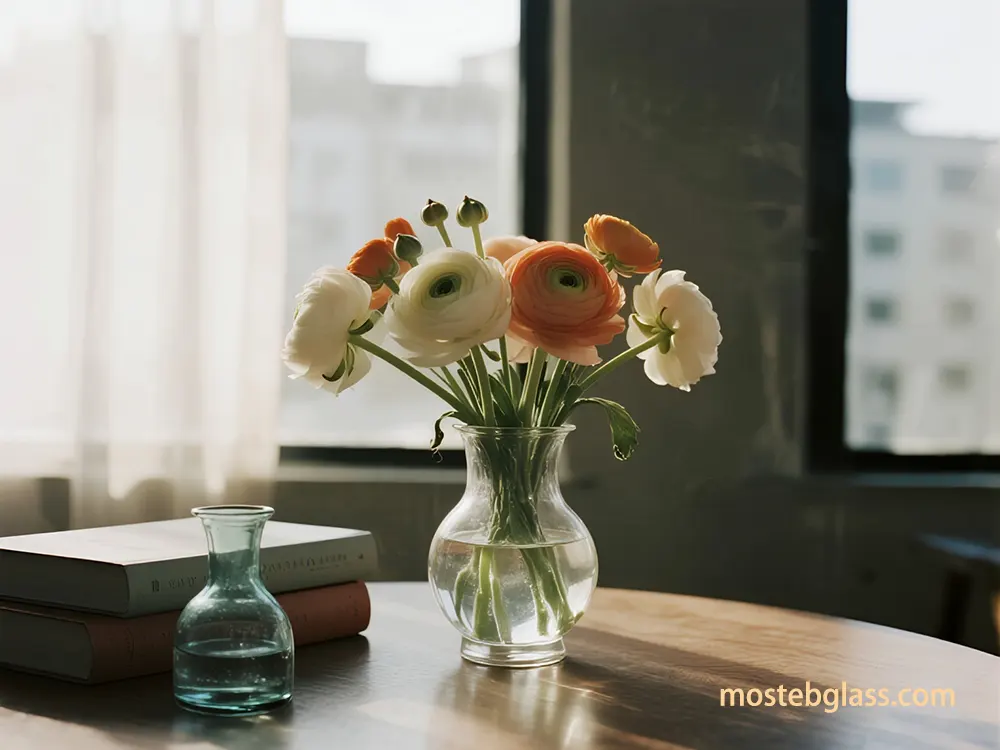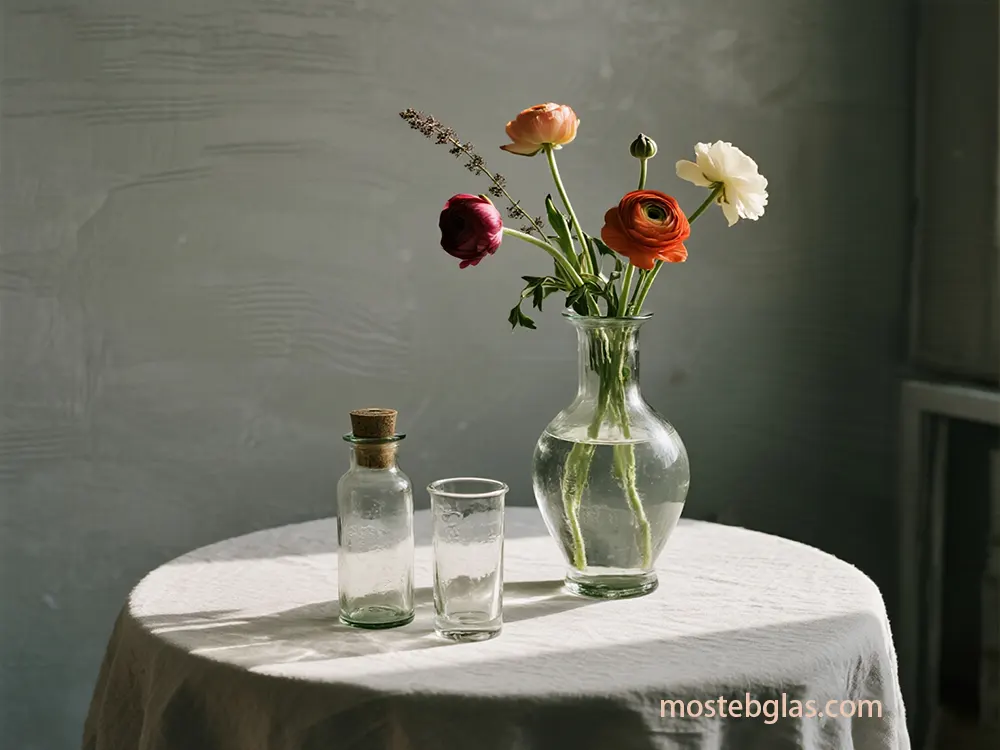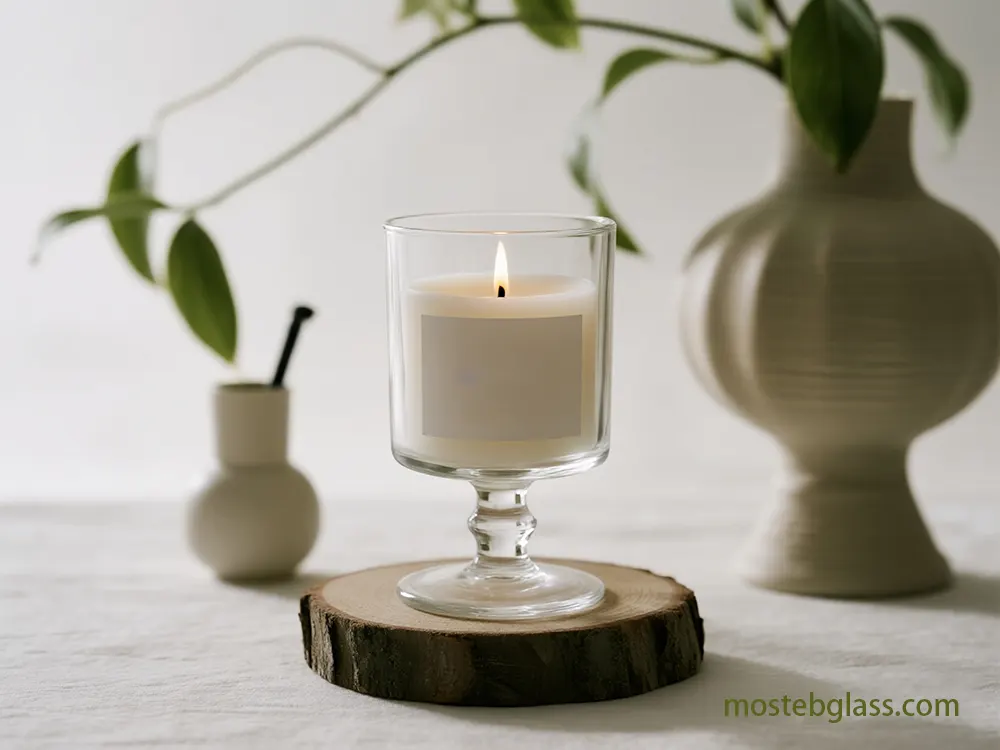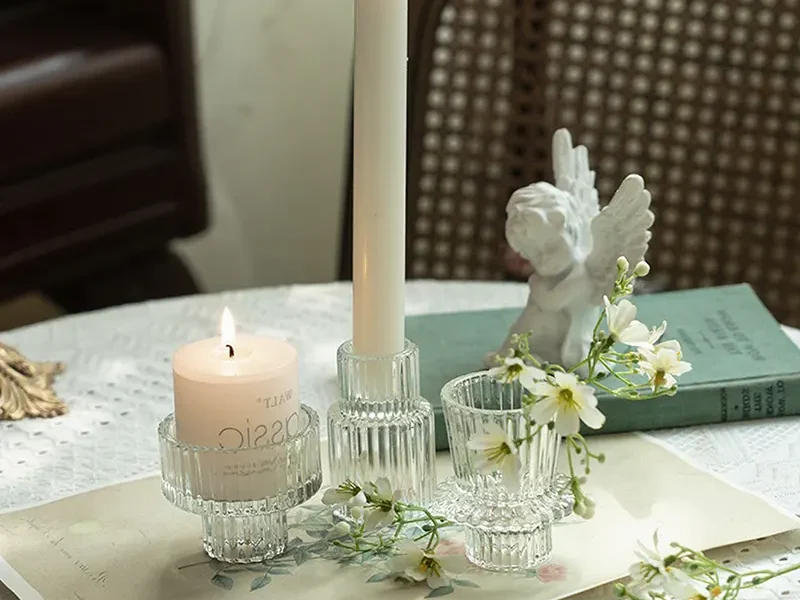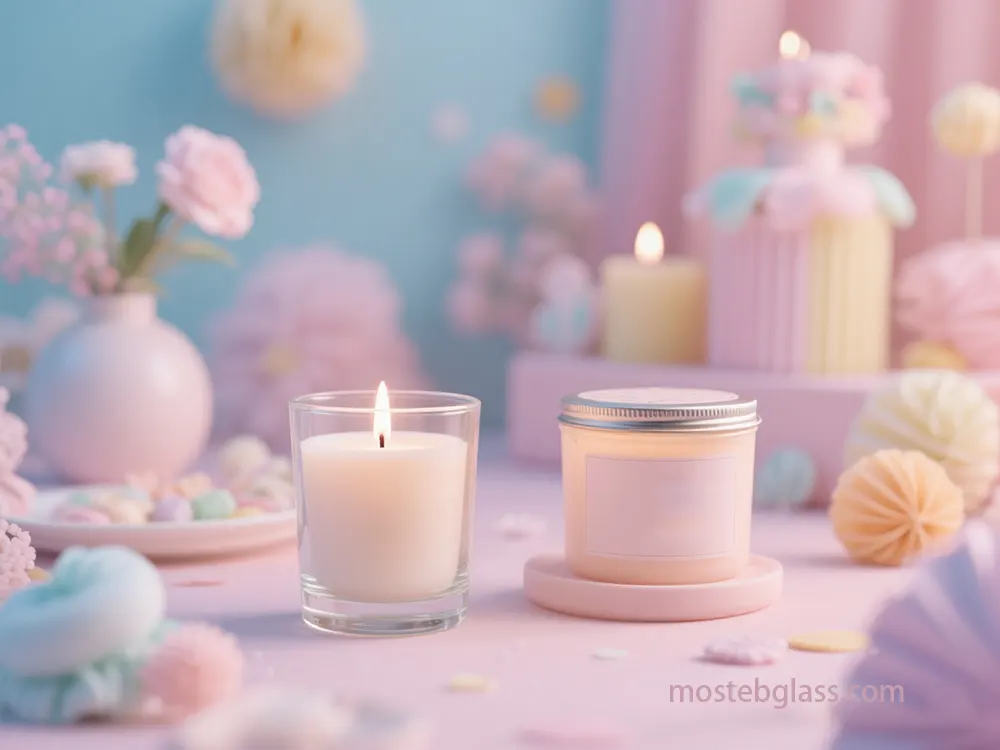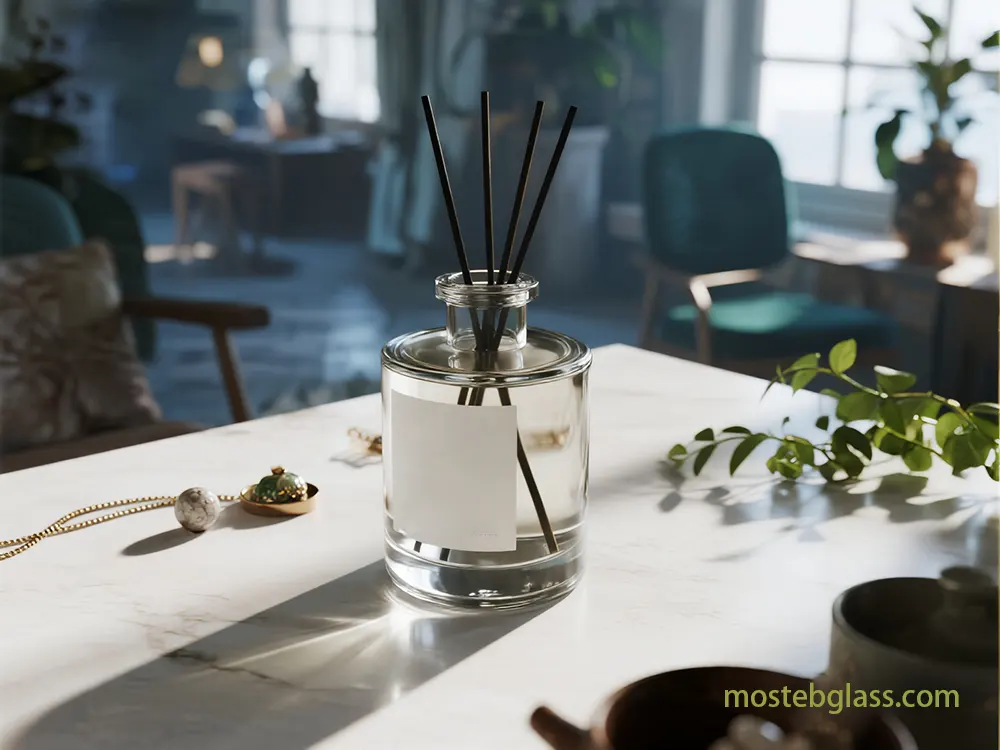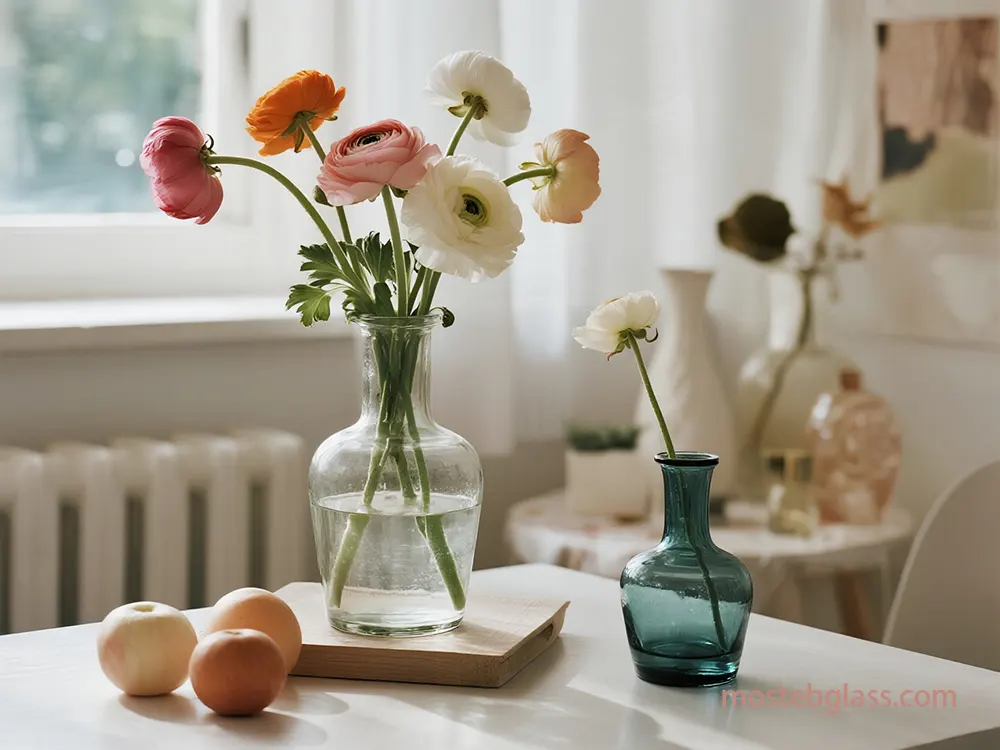Executive Summary
This file outlines Mosteb’s comprehensive approach for sourcing sustainable candle jar suppliers, with a sturdy attention on environmental obligation, material innovation, and supply chain performance. The international candle jar suppliers marketplace is evolving hastily, pushed with the aid of growing consumer call for for green products and tightening regulatory requirements. Our evaluation defines essential sustainability standards, pinpoints strategic sourcing areas, and introduces a sturdy candle jar providers assessment framework. Key findings highlight the developing importance of submit-client recycled (PCR) glass and advanced bioplastics, alongside stringent safety and environmental compliance requirements for candle jar providers. Strategic pointers emphasize adopting a multi-layered dealer selection procedure that integrates lifestyles cycle assessment (LCA) and rigorous auditing to make certain transparency and responsibility. This document provides a stable foundation for Mosteb to construct a resilient, sustainable candle jar providers network, positioning the brand as a frontrunner in eco-aware manufacturing.
1. Defining Sustainable Candle Jar Specifications
Mosteb’s sustainable candle jar specifications encompass critical sustainability criteria, preferred materials, and essential design/functional requirements. This section details the technical and environmental benchmarks for selecting appropriate packaging solutions.
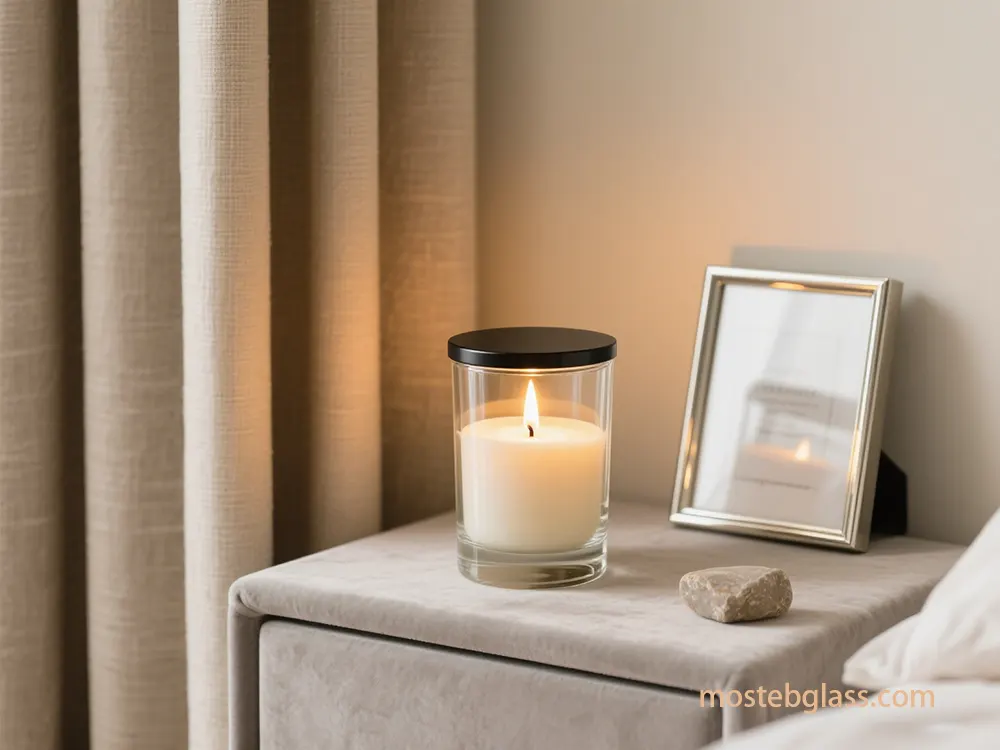
1.1. Critical Sustainability Criteria
Mosteb’s sustainable candle jars must meet stringent environmental criteria to minimize ecological impact:
- Post-Consumer Recycled (PCR) Content: PCR glass, reclaimed and endlessly reused, significantly conserves raw materials and reduces energy consumption (e.g., 2.5% energy reduction per 10% cullet increase).Growing regulatory pushes, like U.S. state mandates for PCR content in plastics, highlight its importance.While PCR can affect aesthetics, manufacturing advancements improve consistency.PCR supports a circular economy, reducing virgin material reliance and carbon emission.
- Reusability and Refillability: Consumer preference for sustainable packaging is strong, with 78% of U.S. shoppers prioritizing sustainable lifestyles and 79% likely to buy refillable products.Barriers include perceived inconvenience (37%), cleaning effort (42%), and lack of storage (47%).Despite this, successful models like Loop and specialized refill systems (ReCandle Co., Wyxcraft, Arbor Made) demonstrate viability.
- Carbon Footprint Reduction: Minimizing carbon footprint requires assessing the jar’s entire life cycle, from raw material to end-of-life. Life Cycle Assessment (LCA) systematically evaluates environmental impacts (carbon, water, energy, waste) to identify “hotspots” for improvement. LCA methodology is standardized by ISO 14040/14044.
- End-of-Life Options: Jars should support robust end-of-life scenarios: high recyclability, industrial, or home compostability. Glass is endlessly recyclable. Bioplastics have nuanced pathways: industrial composting (55°C-70°C) is efficient, while home composting is slower and less effective.Certifications like ASTM D6400 and EN 13432 ensure industrial biodegradation within 12 weeks.However, compostable bioplastics in landfills can generate methane and interfere with traditional plastic recycling.
1.2. Preferred Materials
Mosteb’s preferred materials balance environmental performance and functional integrity:
- Recycled Glass: Perceived as safe and premium, recycled glass reduces waste, is reusable, heat-resistant, and aesthetically versatile.Premium options are often BPA/lead-free and corrosion-resistant.
- Innovative Bioplastics: Promising alternatives for specific design or weight needs.
- High-Temperature Cellulose-Based Bioplastics: Researchers developed wood pulp-derived bioplastics with over 740°C heat resistance and low density.
Biome Bioplastics’ BiomeHT Range: Offers high-temperature resistant, biodegradable, and compostable bioplastics (e.g., BiomeHT90, BiomeHTX) suitable for injection molding and certified for industrial composting. - Spirulina-Based Bioplastics: University of Washington developed bioplastics from blue-green cyanobacteria that degrade like banana peels and are fire-resistant.
- PaperFoam®: Made from natural paper, potato starch, and organic binder; 100% compostable and recyclable, ideal for candle refills.
- PHA (Polyhydroxyalkanoate): A naturally produced biopolymer, forming the basis for home compostable bioplastics when combined with other materials.
- Polycarbonate: Durable, safe, and heat-resistant (over 130°C), it doesn’t shatter like glass.Companies like Intecplast offer polycarbonate jars (ReVel) as a glass alternative.
1.3. Essential Design and Functional Requirements
Design and functional aspects are critical for safety, performance, and brand appeal:
- Heat Resistance and Safety Standards: Jars must withstand high burning temperatures without cracking.
- ASTM Standards (U.S.): Key standards include ASTM F2058 (labeling), ASTM F2179 (glass heat strength, requiring scratch/temper tests, thermal shock, and manufacturer documentation), and ASTM F2417 (fire safety, including flame height and container integrity).
- EN Standards (EU): Regulated by GPSD, EN 15493 covers fire safety (flame height, no secondary ignition/flaring, container integrity, 10° slope stability).EN 15426 addresses sooting (less than 1.0% soot).EN 15494 specifies safety labeling.
- Thermal Shock Testing: Assesses material’s resistance to sudden temperature changes (ASTM C149, ISO 7459:2004).
- Wick Requirements: EU bans lead wicks; NCA recommends lead-free.
- Lid Compatibility: Jars must work with sustainable lid materials (metal, wood, cork) to maintain integrity.
- Branding Capabilities: Design should allow effective branding via printing, labeling, or unique molds. The industry favors clean, minimalist aesthetics.
- Functional Reusability: Design should encourage repurposing empty jars (storage, plant pots) beyond just refilling, aligning with consumer trends.
2. Strategic Sourcing Parameters
Strategic sourcing requires understanding primary geographic regions and estimated production volumes for targeted supplier identification.
2.1. Primary Geographic Regions for Supplier Search
Region selection balances sustainability with logistics and market dynamics:
- North America: Significant glass manufacturing presence, with organizations like GMIC promoting sustainable practices. CPSC collaborates with ASTM on safety standards.Viable for domestic markets, reducing transport emissions. Leaders in glass recycling like Strategic Materials, Inc. (SMI) operate facilities across the region.Alfred University’s Center for Glass Innovation (CGI) researches recycling.
- Europe: Highly developed glass industry with strong sustainability focus. European Commission promotes energy efficiency, waste management, and recycling.EU glass manufacturing emissions are regulated by IED.Glass Alliance Europe advocates for the industry.The flat glass sector aims for carbon neutrality by 2050, having reduced CO2 emissions by 43% since 1990.Regulations like ESPR, EU ETS, and REACH drive sustainable practice.MAGNA Glaskeramik GmbH produces glass-ceramic from 100% recycled bottles.
- Global Considerations: Diversification and competitive pricing are benefits, but must be balanced against increased transportation emissions and complex sustainability verification across diverse regulatory environments. Emerging markets may offer lower costs but require rigorous due diligence on environmental and labor practices.
2.2. Estimated Production Volumes or Order Quantities
Understanding Minimum Order Quantities (MOQs) is crucial for cost, lead time, and inventory.
- MOQ Definition and Impact: MOQs are the lowest units a supplier produces, ensuring efficiency and covering fixed costs. High MOQs can hinder small businesses.
- Typical MOQ Ranges for Candle Jars:Ready stock glass jars: 3,000-5,000 pieces.
- Custom glass jars: 20,000-50,000 pieces.
- Custom eco-friendly packaging boxes: 50-100 pieces.
- Broader cosmetic packaging: 5,000-20,000 units.
- Supplier Flexibility and Negotiation: Some suppliers (Shenzhen I Green, EcoPackables, LX Packaging) offer low or zero MOQs for eco-friendly packaging.Strategies for lower MOQs include using stock packaging, mixed batches, long-term partnerships, and simplifying customization.
- Pricing Implications: Lower MOQs may result in higher unit costs, as MOQs help suppliers maintain cash flow and optimize production.
- Impact on Supply Chain Resilience: Effective MOQ management and resilient, eco-friendly materials fortify supply chain resilience.
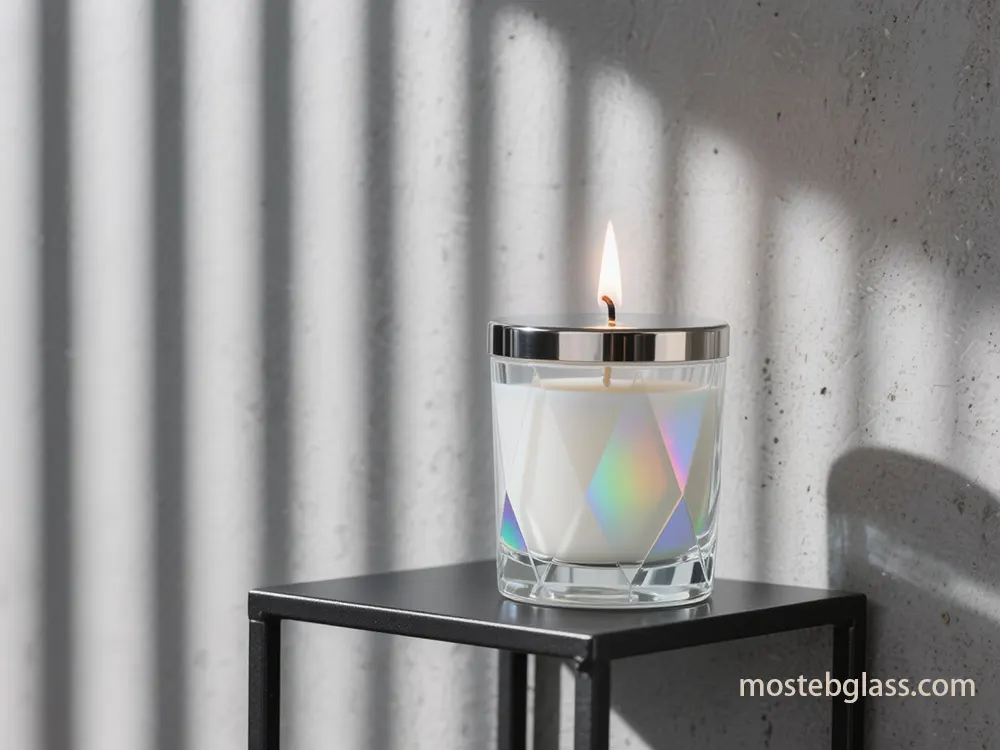
3. Identified Sustainable Candle Jar Suppliers
Mosteb’s supplier identification focuses on alignment with sustainability criteria, material capabilities, operational scale, and geographic presence.
3.1. Certification and Testing Bodies
Mosteb should prioritize suppliers with relevant certifications and willingness for third-party testing.
Certification Bodies:
- SCS Global Services: Third-celebration certification for environmental, sustainability, and quality claims, which includes recycled content material and plant-based products.
- Cradle to Cradle Certified: Global preferred for secure, circular, responsibly made merchandise throughout five classes.
- Biodegradable Products Institute (BPI): Certifies merchandise assembly ASTM D6400 and D6868 for compostable plastics.
Testing Laboratories:
- Intertek, QIMA, DEKRA, TUV Rheinland, GS Laboratories: Offer comprhensive candle trying out (fireplace safety, soot, burning performance, structural integrity, labeling).DEKRA is accredited by way of DIN EN ISO/IEC 17025.
This listing provides a start line for Mosteb to have interaction with capacity suppliers, thinking about sustainable materials and operational talents.
4. Supplier Evaluation and Selection Framework
A based method is important for Mosteb to assess and select appropriate sustainable candle jar providers, integrating audits, KPIs, and analytical gear.
4.1. Structured Methodology for Assessment
The evaluation process should be multi-layered:
Initial Screening and Qualification:
- Sustainability Claims: Request documentation on PCR content cloth, and certifications (SCS Global Services, Cradle to Cradle, BPI).
- Material Compatibility: Confirm capability for favored substances (recycled glass, excessive-temperature bioplastics).
- Production Capacity/MOQ: Assess alignment with Mosteb’s estimated order quantities.
- Geographic Presence: Prioritize North America and Europe to reduce emissions, thinking about international options for specialized needs.
Detailed Audit and Due Diligence:
- Environmental Management: Audit EMS (e.G., ISO 14001), power/water utilization, waste, emissions, chemical manage.
- Ethical Labor: Evaluate working situations, wages, and shortage of toddler/forced hard work (e.G., SA8000) [n/a].
- Supply Chain Transparency: Verify uncooked cloth starting place and PCR content material. Explore blockchain for traceability [n/a].
- Product Safety/Compliance: Ensure compliance with ASTM (F2179, F2417), EN (15493, 15426, 15494), and chemical rules (REACH, RoHS).
- On-site Verification: Conduct audits to verify information and assess commitment [n/a].
Life Cycle Assessment (LCA) Integration:
- LCA for Material Comparison: Use LCA to compare environmental performance of designs, materials, and systems (e.g., single-use vs. refill).It assesses impacts from raw material to disposal.
- LCA Software: Employ tools like SimaPro, GaBi, PIQET, EcoImpact-COMPASS, Sphera’s LCA for Packaging, or Anthesis Group’s PortfolioPro.Simplified tools (KIDV, Botta) for initial comparisons.
- Data Requirements: Suppliers must provide data on uncooked substances, energy, emissions, waste, and transportation for correct LCA.
- ISO Compliance: Conduct ISO 14044-compliant LCAs for robust checks.
4.2. Key Metrics for Supplier Selection
Metrics should be quantifiable and linked to sustainability and operational performance:
- Environmental Performance:
- Recycled Content Percentage (e.G., target 50%+ PCR).
- Carbon Footprint consistent with Unit (from LCA).
- Energy/Water Efficiency (kWh/unit, liters/unit) [n/a].
- Waste Diversion Rate [n/a].
- Certifications (Cradle to Cradle, SCS Global Services, BPI).
- Operational and Quality:
- Heat Resistance/Safety Compliance (ASTM F2179, EN 15493, thermal surprise pass quotes).
- Quality Control (defect charges, consistency).
- Lead Times and On-Time Delivery.
- Cost-Effectiveness (unit cost, MOQ, long-term savings).
- Social and Ethical:
- Labor Practices Compliance (audited) [n/a].
- Transparency Score (supply chain records, traceability) [n/a].
- Innovation and Future-Readiness:
- R&D Investment in sustainable materials/recycling.
- Adaptability to evolving requirements.
4.3. Proactive Solutions and Anticipated Needs
- Supplier Development: Implement applications for promising carriers to improve sustainability practices (e.G., electricity optimization, waste manage) [n/a].
- Long-Term Partnerships: Foster relationships for higher pricing, MOQ flexibility, and collaborative innovation.
- Diversified Sourcing: Mitigate risks via diversifying suppliers in the course of regions and substances.
- Circular Economy Integration: Explore take-again applications, neighborhood recycling collaborations, or funding in advanced recycling for Mosteb’s waste streams.
- Consumer Education: Educate consumers on reusability and proper disposal via clear labeling (EN 15494) and instructions to increase participation and address confusion.
- Digital Monitoring: Implement digital tracking for inventory and supply chain visibility.Define KPIs for ongoing supplier sustainability performance (recycled content, energy/unit, waste reduction) [n/a].
This robust framework permits Mosteb to optimistically choose out partners assembly stringent sustainability and first-rate requirements, contributing to a resilient and responsible deliver chain.

5.Future Trends and Innovations in Sustainable Packaging
The sustainable packaging panorama is dynamic. Mosteb must stay abreast of trends for long-term strategic planning and competitive advantage.
5.1. Emerging Materials
Novel materials offer enhanced sustainability and performance:
- Advanced Bioplastics:
- High-Temperature Cellulose-Based: Research shows wood pulp-derived bioplastics with over 740°C heat resistance and low density, potentially revolutionizing candle jar design.
- Spirulina-Based: University of Washington developed bioplastics from cyanobacteria that degrade like banana peels and are hearth-resistant.
- PHA (Polyhydroxyalkanoate): Gaining traction for domestic compostable bioplastics, obviously produced by way of microorganisms, offering versatility for custom answers.
- Bio-based Composites: Integration of substances like hemp, timber, cork, and straw into composites shows promise for stepped forward thermal insulation, adaptable for candle jars.
- Mycelium-Based Packaging: (Speculative) Mushroom root structures are emerging for protective packaging. Their biodegradability and customizable forms could be future candidates for outer packaging or structural components, especially for refill systems.
- Salt-Based Packaging: (Speculative) Research into water-soluble salt-based materials could offer zero-waste solutions for certain components, though heat resistance is a challenge for jars.
5.2. Advanced Manufacturing Processes
Innovations are making sustainable materials more viable and efficient:
- AI and Robotics in Sorting: Improves efficiency and reduces contamination in sorting recycled glass and ceramics, increasing quality PCR cullet.
- Chemical Recycling for Glass: Explored to break down glass into raw components for specific reuse.
- Flash-Sinter Crystallization: Allows ultra-rapid crystallization of glass, saving energy and time in glass-ceramic production.
- Selective Powder Deposition (SPD): iro3d SPD produces glass-ceramic parts from recycled glass powders, permitting customized designs.
- Closed-Loop Systems: Developing non-stop biking of ceramic and glass waste again into manufacturing, minimizing waste and maximizing aid usage.
5.3. Market Shifts and Consumer Behavior
Understanding evolving marketplace dynamics and client possibilities is key:
- Growing Demand: Clear and growing demand for sustainable merchandise, pushed thru patron awareness and guidelines.Seventy eight% of U.S. Buyers prioritize sustainable life.
- Shift to Reusable/Recyclable: UK government’s cognizance shifted from biodegradable/compostable plastics to reusable/recyclable due to infrastructure issues.Consumers often misunderstand bioplastic decomposition.
- Incentives for Reusable Packaging: Loyalty points and value savings drive adoption.Refilling can be extra low-priced.
- Digital Transformation: Digital monitoring in packaging streamlines inventory and enhances supply chain resilience.
- Local Sourcing: Bio-based substances provide neighborhood sourcing opportunities, decreasing delivery emissions.
- Policy and Regulation: EU Packaging and Packaging Waste Regulation (PPWR) emphasizes sustainable packaging, with biobased plastics crucial for circular economy dreams.Mandatory LCA in procurement will lessen CO2. U.S. Lacks federal bioplastic standards, leading to misleading labeling.
5.4. Proactive Strategies for Mosteb
To leverage these trends, Mosteb should consider:
- R&D Partnerships: Collaborate with universities (e.G., Alfred University) and startups to explore new sustainable substances and strategies.
- Robust Refill Programs: Expand person-friendly refill structures, supplying DIY kits or in-shop offerings.
- Transparent Communication: Clearly speak sustainability attributes (PCR content material, reusability, give up-of-existence) to construct accept as true with and counter greenwashing.
- Advocacy for Policy Change: Engage with industry associations (GMIC, Glass Alliance Europe) and policymakers for clearer requirements and advanced infrastructure.
- Advanced Recycling Infrastructure: Investigate partnerships with centers the usage of superior recycling for glass and ceramics for a circular approach.
By proactively attractive with those developments, Mosteb can meet evolving demands and set up itself as a pioneer in sustainable candle manufacturing.



